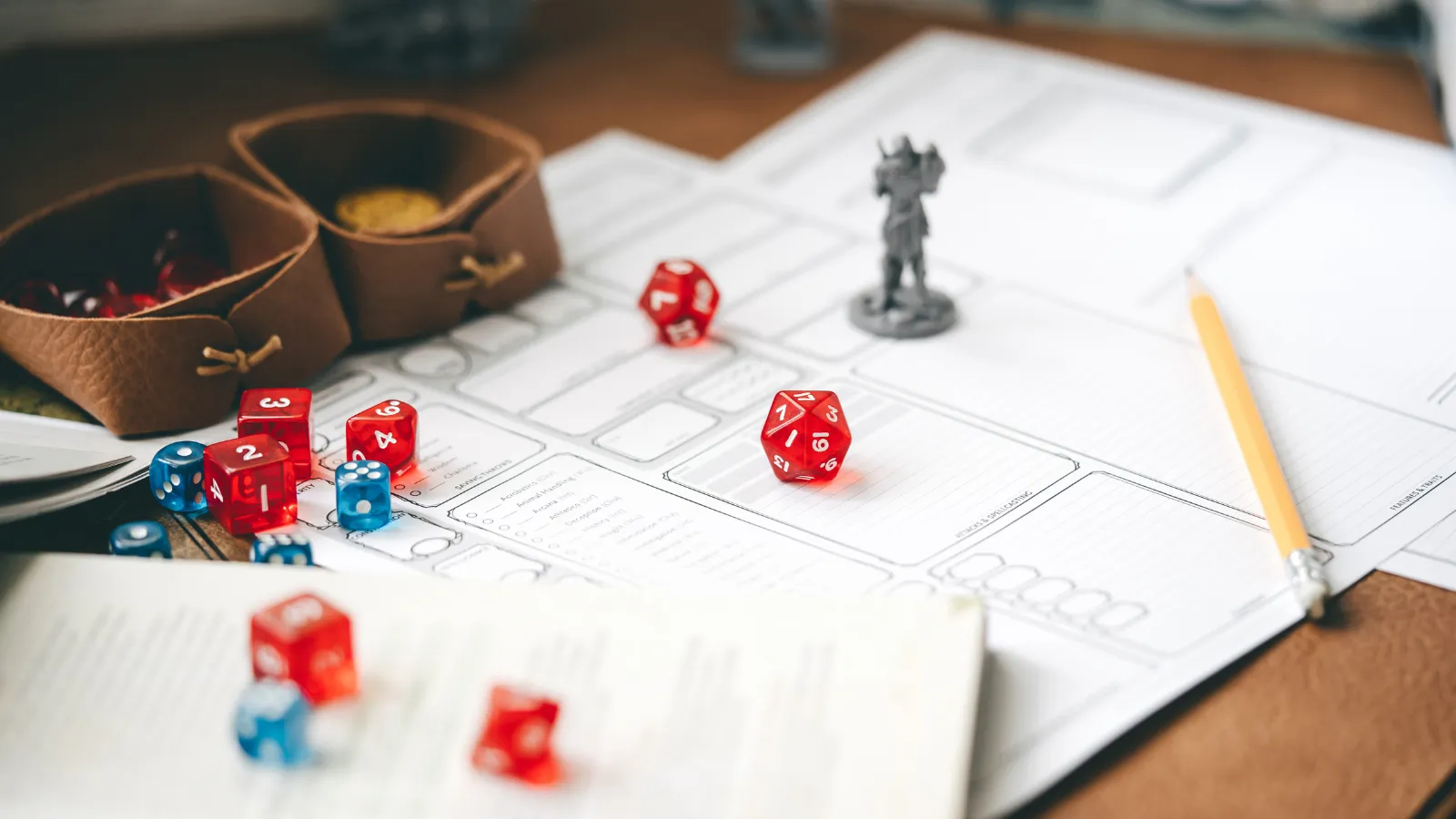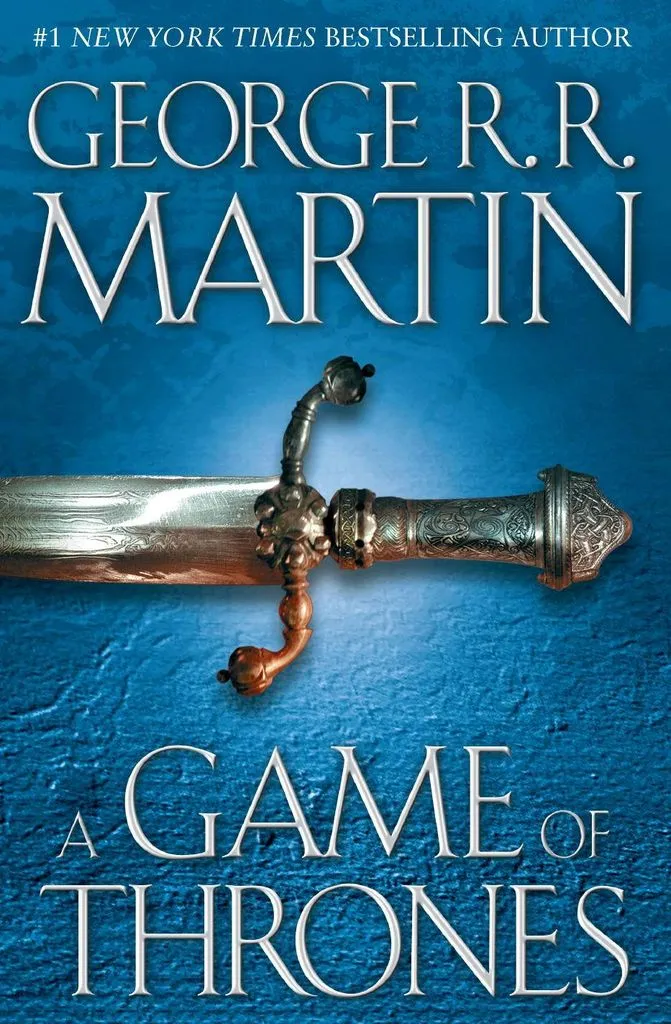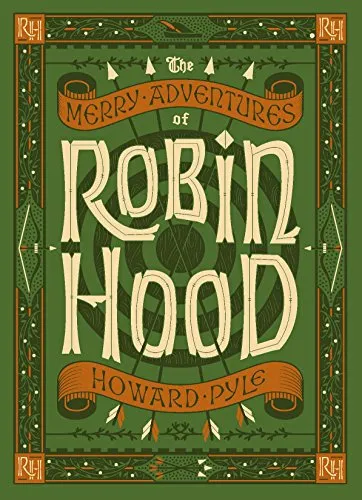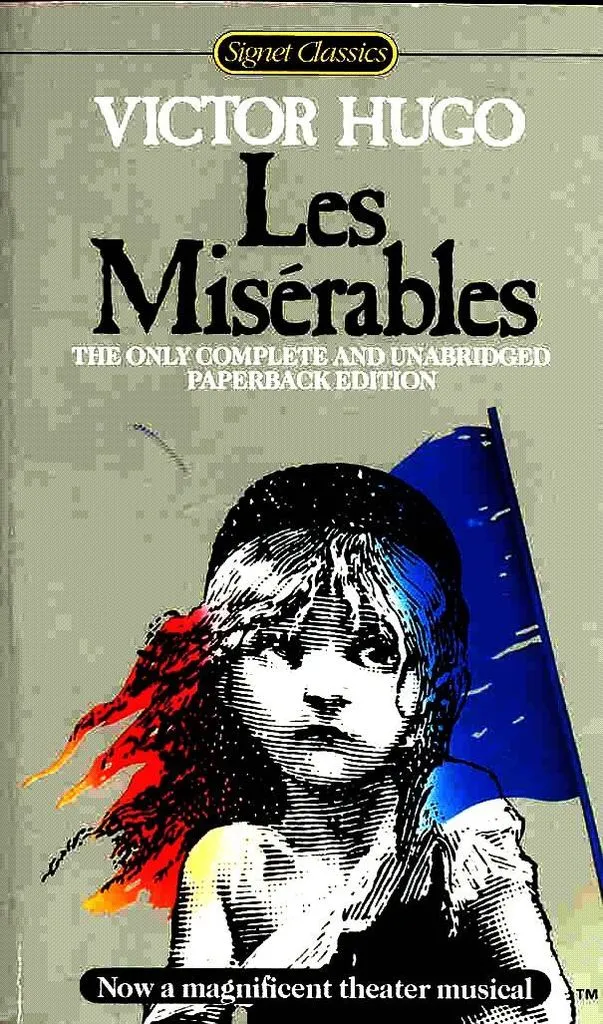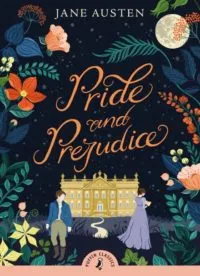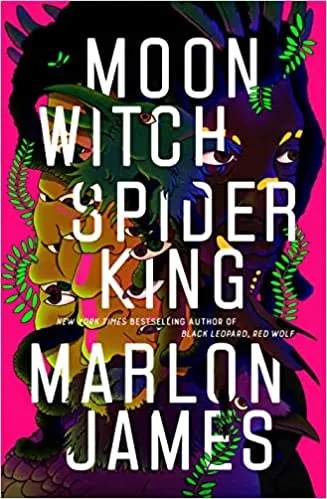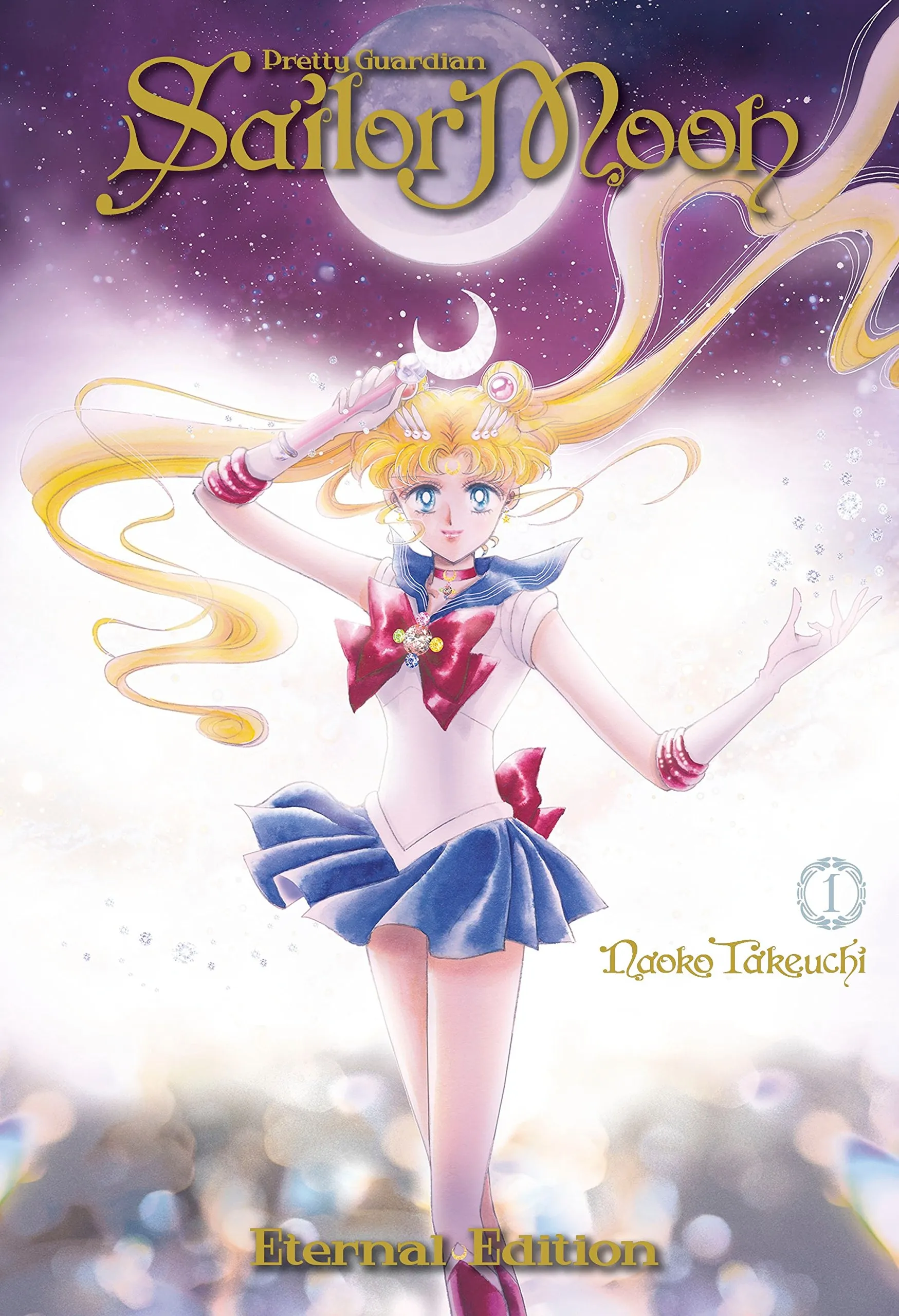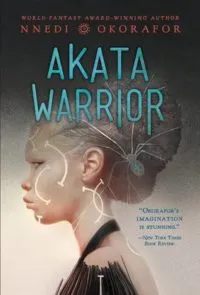Let’s Sort Book Characters According to Their Dungeons & Dragons Alignments!
If you want to really nerd out about characters and character development, there’s one gaming system that takes the cake. Yep. Let’s talk about Dungeons & Dragons, shall we? If you’re here, you might already be familiar with character building in D&D. But in case you’re not aware, alignments in D&D are a huge part of how characters are built, right up there with Class and Race.
Since the creation of Advanced Dungeons & Dragons in the late ’70s, character alignments have been decided based on a two-axis system: chaotic vs. lawful and good vs. evil. As of 2014 and the release of D&D 5th edition, there are nine character alignments:
Lawful Good
Lawful Neutral
Lawful Evil
Neutral Good
True Neutral
Neutral Evil
Chaotic Good
Chaotic Neutral
Chaotic Evil
These alignments affect how characters react to things and how they see the world. Think of this as the character’s ethical core. Alignment affects literally everything a character does. At this point, you might be wondering what alignment you’d fall in. If so, we’ve got a quiz that can help you figure that out. And once you know your own alignment, you’ll probably want to know about your favorite literary characters. Where do all of our beloved book characters fall on this D&D alignment axis? Let’s find out!
Lawful Good – Crusaders
Lawful good characters believe in always doing the right thing. And for them, that means doing the right thing as written in the law. These characters will rarely (if ever) break the rules, even if it might end up helping or being for the greater good.
Just take a look at Ned Stark from George R.R. Martin’s bestselling fantasy novel Game of Thrones. This character is so tied to doing the right thing and living by the law that he ultimately (SPOILER) gets himself killed. Imagine trusting authority in a place like Westeros!
Other lawful good characters in literature? People often cite Superman as a prime example. T’Challa/Black Panther is also someone who follows a strict code and does not deviate from it. King Arthur is another classic example of a lawful good character. A more recent example? Zélie Adebola from Tomi Adeyemi’s Legacy of Orisha trilogy.
Neutral Good – Benefactors
Unlike lawful good characters, neutral good characters are not driven by the parameters of the law. These characters do care about doing what’s right and what’s good, but that’s decided upon based on their own morality rather than any rules doled out by an authority.
Lord of the Rings was a major influence on D&D, so unsurprisingly, many characters from J.R.R. Tolkien’s fantasy series are great examples of the different alignments in the game. For instance, Gandalf the Grey is a perfect representation of a neutral good character. This famous wizard believes in doing what is good, but he also has a respect for law and order and would not necessarily fight against authority unless it was absolutely essential to do so in order to do what is right.
Other famous neutral good characters in literature include Jade from Stephen Graham Jones’s Indian Lake Trilogy, Dorothy from The Wonderful Wizard of Oz, Sailor Moon, and Jane Bennet from Pride and Prejudice.
Chaotic Good – Rebels
Chaotic good characters are rebellious figures. They actively question and buck authority in the hopes of making the world a better place. While neutral good characters wouldn’t care either way about laws and structures, chaotic good characters have an aversion to these systems, which might stand in the way of the greater good.
When I think “chaotic good,” the character that immediately comes to mind is Robin Hood. The guy disrupts the system by robbing from the rich and giving it all to the poor, after all. But Robin Hood is far from the only chaotic good character in literature. The heroic rebel figure is an often-explored character in literature and pop culture.
Some examples? Batman, the ultimate vigilante, springs to mind. Also, vampire hunter Blade, Katniss Everdeen from The Hunger Games, and pretty much every member of the Guardians of the Galaxy.
Lawful Neutral – Judges
A lawful neutral character builds a moral code strictly off of law, structure, honor, and tradition, with little regard to whether these structures might be considered “good” or “evil.” These characters adhere to orders and follow authority figures, no matter what.
Remember Inspector Javert from Victor Hugo’s Les Misérables? This is a great literary example of a lawful neutral character. Javert follows the law, no matter what, and anyone who rebels against authority is an enemy (looking at you, Jean Val Jean). If you’re a fan of the musical like I am, then you know how often Javert sings about loving law and order. Right and wrong is not what matters. Only order. Yeah, this guy is as lawful neutral as it gets.
What other literary faves fit under lawful neutral? Stannis Baratheon from Game of Thrones, George Banks from Mary Poppins, and Captain America.
True Neutral – Undecided
A true neutral character doesn’t care much about order or chaos or good or evil. Rather, true neutral seeks out balance in everything. These characters look at each situation individually and think about it practically. Sometimes, it makes sense to do what’s good. Sometimes, it makes sense to follow the law. But sometimes it doesn’t!
True neutral characters sit squarely in the middle of everything, sort of like Mrs. Bennett in Pride and Prejudice. Mrs. Bennett is neither good nor evil. Her motivations are to further her own goals and do what’s best for her family, but she’s not driven by law, nor is she truly opposed to authority.
Some other examples of true neutral: Candace Chen from Ling Ma’s Severance, Luna from Sailor Moon, Willy Wonka from Charlie and the Chocolate Factory, and The Grinch from How the Grinch Stole Christmas.
Chaotic Neutral – Free Spirits
For a chaotic neutral character, it’s all about freedom. These characters choose the path that gives them the most freedom to act in their own self-interest. Chaotic neutral characters are individualists who aren’t driven by a desire to do good or a desire to follow the law.
For chaotic neutral, I love the example of Sogolon, the witch from Marlon James’s Moon Witch, Spider King. When we first meet Sogolon in Black Leopard, Red Wolf, she seems like an evil character. Many chaotic neutral characters can be mistaken as evil when you are not aware of their motives. But after reading Sogolon’s story in Moon Witch, Spider King, it becomes clear that Sogolon is a character who has to put herself and her needs first, no matter the cost, because of everything she’s been through. Many things she does are for good, but many things also end up harming others.
Chaotic neutral characters — or “free spirits” — are all over literature. Here are a few more examples: Loki from the Thor comics, Catwoman from the Batman comics, and Mello from Death Note.
Lawful Evil – Dominators
Lawful evil characters see law and order as a means for self-advancement. Systems and authority give lawful evil characters a means to gain power and influence over others.
It’s time to shout out some bad guys because fictional characters on the evil side of the alignment chart are going to be bad guys. Surprising, I know. Authoritarian characters like O’Brien from George Orwell’s 1984 are perfect examples of a lawful evil character. From The Lion, the Witch and the Wardrobe, we’ve got The White Witch. And who could forget President Coriolanus Snow from The Hunger Games, especially since he has his own prequel now? There are also many Star Wars characters who are good examples of lawful evil characters, such as Darth Vader and Grand Admiral Thrawn.
Neutral Evil – Malefactors
Neutral evil characters wouldn’t go out of their way to cause chaos, but they also don’t feel beholden to authorities either. For a neutral evil character, working within a system is all well and good so long as it’s in their best interest.
Neutral evil villains are purely selfish. Consider a character like Queen Beryl from Sailor Moon. This villain turns to evil when she doesn’t get exactly what she wants. Her love for Prince Endymion was unrequited, and so she became obsessively jealous and hellbent on revenge. Whatever gets her the love of a prince!
Mystique from X-Men is another great example of a neutral evil example. She’s another villain who is focused on whatever is in her best interests.
Chaotic Evil – Destroyers
For a chaotic evil person, rules don’t matter. Doing what’s right doesn’t matter. All that matters is their own personal freedom, even if it’s at the expense of others’ personal freedoms. Chaotic evil characters resent authority and will actively work to create chaos, all in the name of their own pleasure.
A great example of a chaotic evil character is Akata Warrior‘s Ekwensu, an evil masquerade who aims to bring chaos and destruction to the world. Other villains who famously thrive on chaos: the Joker and Harley Quinn from Batman, Joffrey Baratheon from Game of Thrones, and Thanos from multiple Marvel comics (he originally appeared in The Invincible Iron Man). I’ve seen some websites categorize Thanos as lawful evil, but if someone seeks to end the world because of a general lust for death and destruction? Seems pretty chaotic to me!
Can’t get enough D&D alignment talk? Here’s a look at the D&D alignments of famous children’s book characters. And if you just want to read more about D&D in general, we’ve got plenty for you to explore here at Book Riot. Turns out we can’t get enough of D&D either!
